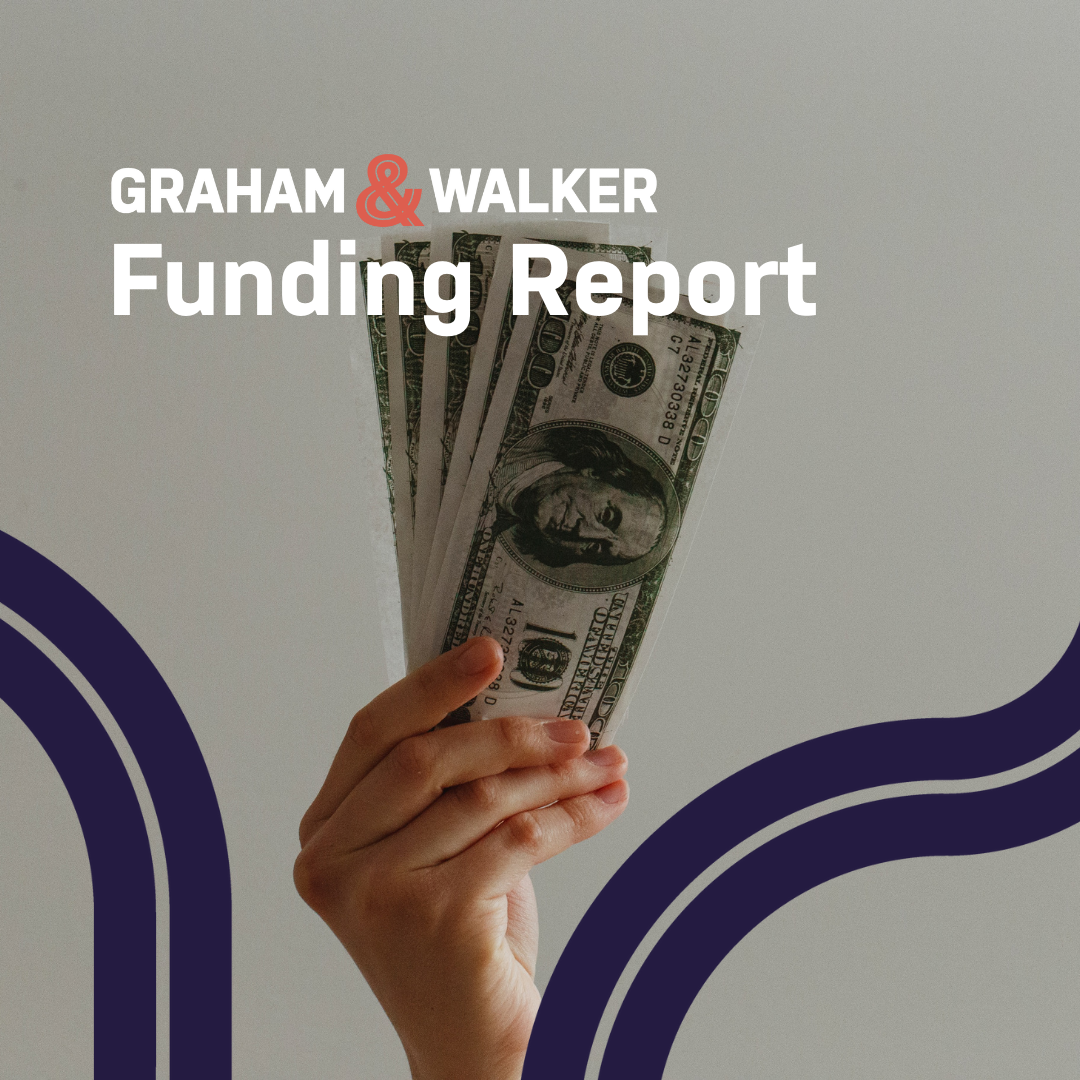
Media coverage is critical to legitimizing a new startup, and an integral part of all product launches. But most early stage founders don’t secure great media coverage because they lack know how, network, and resources. That’s why access to media is among the top 3 biggest needs reported by our members.
On June 21, 2018, the Female Founders Alliance hosted Access Media – our solution to provide female founders with connections and know-how to permanently and meaningfully ‘up’ their media game. We brought together an impressive roster of local and national media, including reporters, directors and editors that represented TV, radio, newspapers, magazines, periodicals, newsletters and online news sources. With more than 100+ attendees, it was one of FFA’s most popular events to date.
We started the afternoon by offering attendees 1:1 mentoring sessions with the media. Founders had the opportunity for a direct 30-minute conversation to discuss their pitch and get tips on how to get coverage. This was followed by a powerhouse panel moderated by our Founder & CEO, Leslie Feinzaig, where the media offered guests valuable insight into their world and shared tips on how founders can position themselves for success.
Read on for our top five takeaways from the panel on how founders can secure media coverage.
1. Get Introduced
Panelists told us they receive hundreds of story pitches every week. Dina Bass, Technology Reporter for Bloomberg News, summed it up best when she said her inbox is a “tire fire”. When you’re cold calling a reporter, your email is sitting among hundreds of unread, seemingly undifferentiated pitches. So how do you get your story read?
The answer is simple: get introduced by someone that already has a relationship with the journalists. Bass told us that she will always open emails from people she knows, trusts and has worked with before, and is more likely to take a meeting with you if you’re referred by them.
(In fact, this is why we encourage active championing at the Female Founders Alliance – we believe women should be making those legitimizing introductions that help other female founders get covered. Media coverage of our members that results from an FFA introductions is one of the things we gauge our effectiveness by.)
2. Nurture the Relationship
There was wild agreement among the reporters that they all like to take interesting people out for coffee. Rachel Lerman, Technology Reporter for The Seattle Times, told us to “reach out before you need coverage, nurture the relationship with reporters.” But before you do, make sure you know the reporter’s interest! They are unlikely to spend time and column inches on someone who didn’t do their homework and find out what they cover in the first place. But if you get to know them, nurture the relationships and show good will, reporters will most likely give you the first call about a story that relates to your business.
3. Have Patience
The panelists agreed that you should be persistent, but they also suggested that you “don’t badger”. What constitutes badgering? Jeannie Yandel, Editor at KUOW Public Radio, told us she once had a founder email her twice a day, every day, for three whole weeks!
Also, don’t expect your first meeting with a reporter to lead to an article. It often takes a reporter two or three check-ins before they find a good story or angle to cover.
4. Help Them Do Their Job
Reporters’ job is to tell great stories to their audience. It is not to help you get sales or hit your fundraising goals. So, if you are seeking coverage, you need to tell them a great story. Monica Guzman, Founder & Director of The Evergrey, looks for stories that connect her readers to the community. The Geekwire staff try out stories with their families at dinner to gauge whether readers will connect with them. Leslie Helm, Editor of Seattle Business Magazine, looks for stories that are timeless, so if you pick up an old magazine you would still find them interesting.
5. And Help Them Do What They Love
Todd Bishop, Co-founder & Editor of Geekwire, shared this tip about tapping into the reporter’s psyche: “Journalists love to discover a story, leave clues, be the soft seller, the joy of discovery is part of the game.” Cold calls might not work, and you may not have a connection to any reporters. But if you do your research on a reporter, learn about their interests and find out what they are reading, you can learn where and how to strategically leave nuggets for reporters to follow to your story, and help them discover you on their own.
***
This is just a glimpse at some of the great information shared during the panel. If you missed the event you can watch the entire video on the FFA Youtube channel here.

